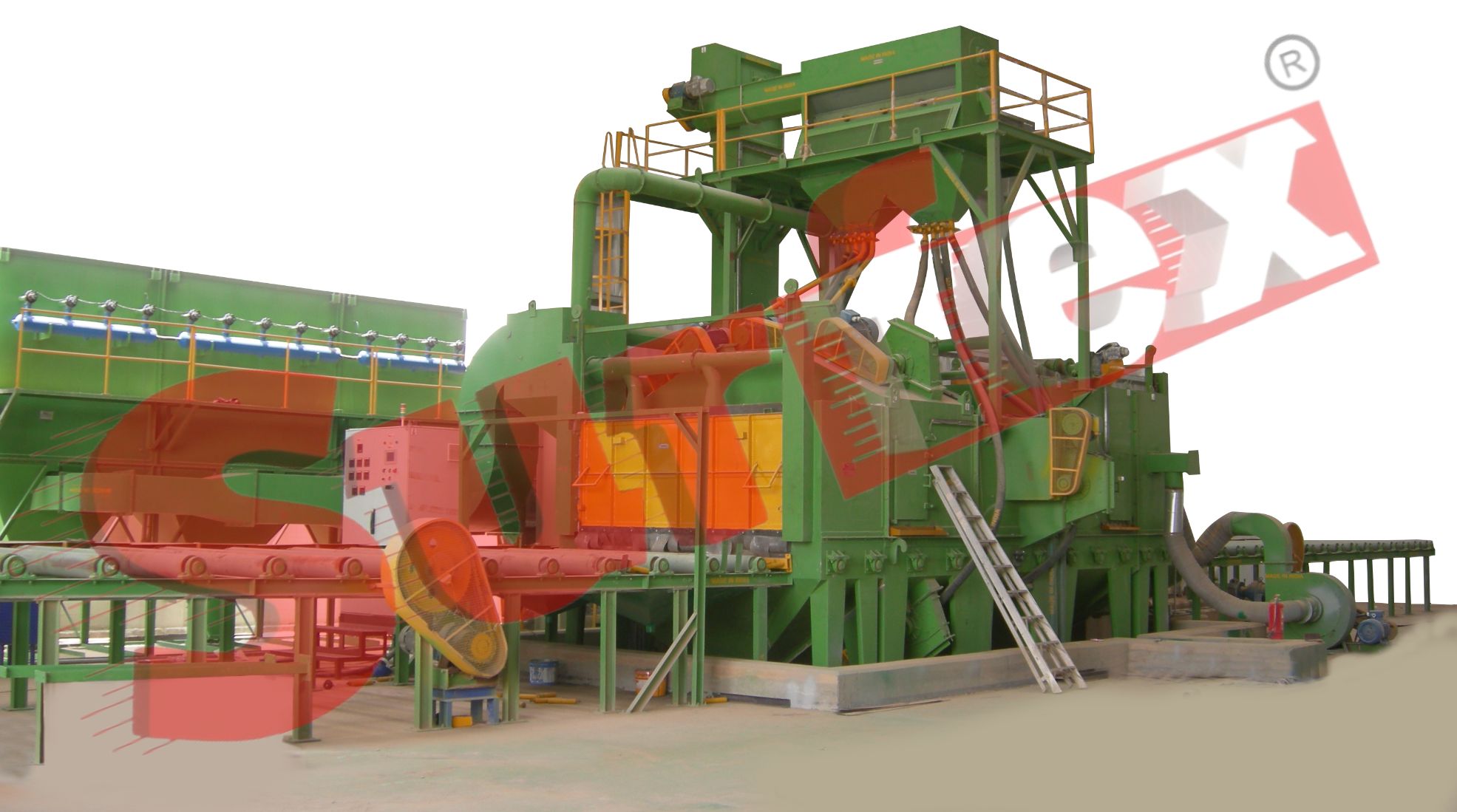La Russia usa le infrastrutture ucraine per guidare i propri droni
UNITED24 Media è un'agenzia di stampa ucraina con sede a Kiev e, come sapete, in Ucraina il presidente plenipotenziario Zelensky ha abolito ogni forma di comunicazione dell'opposizione, quindi non può certo essere considerata come propaganda russa e, al contrario, è certamente propaganda ucraina.
Pur tuttavia, l'articolo di ieri comparso sulle loro pagine è davvero curioso, nello spiegare come i russi controllano i propri droni fanno un'ammissione incredibile, ovvero che la Russia sfrutta le reti telefoniche interne ucraine per controllare i propri droni, ovvero utilizza strumenti ucraini per colpire la stessa Ucraina.
Come queto sia possibile è scritto nel testo dell’articolo, ovvero un drone da carico trasporta altri droni da combattimento fino a 5-10 chilometri dal bersaglio dove vengono rilasciati sotto un’unica condizione: che vi sia una rete telefonica locale con un segnale LTE stabile.
La furbata consiste nello sfruttare i dati crittografate e ad alta larghezza di banda delle reti internet, più difficili da intercettare o bloccare rispetto alle frequenze radio standard che necessitano di una fonte remota e di ripetitori oltre la portata dei sistemi FPV standard, mentre, utilizzando le infrastrutture vili, i droni russi non sarebbero più suscettibili a questa limitazione perchè la radioemittente di controllo è di fatto il più vicino ripetitore telefonico che mantiene la costante connessione con i droni a spese del nemico.
Si potrebbe dire la beffa oltre al danno, infatti per evitare gli assalti di questo tipo di droni l’Ucraina dovrebbe spegnere tutti i ripetitori silenziando tutte le comunicazioni interne con conseguenze potenzialmente persino più disastrose che non i “semplici” attacchi mirati ad infrastrutture energetiche.
Ma ogni altra considerazione pare al momento superflua, in attesa di sapere come davvero stanno le cose leggiamo cosa riporta United 24 (link in calce):
-------------------------------------
La Russia ora controlla i droni FPV tramite 4G per eludere i sistemi di disturbo dell'Ucraina
01 nov 2025 11:40 - Ivan Khomenko
Le forze armate russe hanno iniziato a schierare droni FPV controllati tramite reti mobili LTE, segnando un cambiamento nelle loro tattiche contro le posizioni difensive ucraine.
Secondo lo specialista ucraino di guerra elettronica Serhii Beskrestnov, noto anche come "Flash", la Russia sta utilizzando una versione modificata del veicolo aereo senza pilota (UAV) Molniya per trasportare droni FPV in zone operative con copertura 4G stabile.
Una volta raggiunta un'area idonea, il vettore rilascia i droni a circa 5-10 chilometri dai loro obiettivi, dove gli operatori ne assumono il controllo tramite reti mobili.
"Stiamo registrando una nuova tattica", ha detto Beskrestnov su Telegram. "Il drone Molniya trasporta due droni FPV, non normali, ma controllati tramite reti mobili. Li trasporta in aree con copertura LTE stabile e li rilascia a 5-10 chilometri dal bersaglio".
Il passaggio al controllo basato su LTE consente ai droni di evitare i tradizionali sistemi di radiodisturbo che tipicamente interrompono le frequenze di controllo standard. Utilizzando infrastrutture mobili civili, gli operatori russi possono mantenere il contatto con i loro droni anche oltre la portata dei sistemi FPV convenzionali.
Beskrestnov ha osservato che la piattaforma Molniya non è dotata di un ripetitore di segnale. Funge invece da semplice sistema di consegna, trasportando le unità FPV abbastanza vicino alle zone in cui le reti mobili ucraine rimangono operative.
A differenza dei droni FPV radiocomandati, i droni basati su LTE si basano su connessioni dati crittografate e ad alta larghezza di banda, più difficili da intercettare o bloccare.
Il drone Molniya, sviluppato dal gruppo russo ZALA Aero sotto la direzione del consorzio Kalashnikov, è stato precedentemente utilizzato per trasportare munizioni vaganti e carichi utili da ricognizione. Il suo recente adattamento per l'impiego con droni FPV sottolinea la crescente attenzione russa ai sistemi senza pilota modulari e integrati in rete.
In precedenza, Defense Express aveva riferito che la Russia sta aggiungendo la visione artificiale ai droni Molniya, consentendo loro di colpire obiettivi anche senza contatto radio.
https://united24media.com/latest-news/russia-now-controls-fpv-drones-via-4g-to-evade-ukraines-jamming-systems-13022La Russia usa le infrastrutture ucraine per guidare i propri droni
UNITED24 Media è un'agenzia di stampa ucraina con sede a Kiev e, come sapete, in Ucraina il presidente plenipotenziario Zelensky ha abolito ogni forma di comunicazione dell'opposizione, quindi non può certo essere considerata come propaganda russa e, al contrario, è certamente propaganda ucraina.
Pur tuttavia, l'articolo di ieri comparso sulle loro pagine è davvero curioso, nello spiegare come i russi controllano i propri droni fanno un'ammissione incredibile, ovvero che la Russia sfrutta le reti telefoniche interne ucraine per controllare i propri droni, ovvero utilizza strumenti ucraini per colpire la stessa Ucraina.
Come queto sia possibile è scritto nel testo dell’articolo, ovvero un drone da carico trasporta altri droni da combattimento fino a 5-10 chilometri dal bersaglio dove vengono rilasciati sotto un’unica condizione: che vi sia una rete telefonica locale con un segnale LTE stabile.
La furbata consiste nello sfruttare i dati crittografate e ad alta larghezza di banda delle reti internet, più difficili da intercettare o bloccare rispetto alle frequenze radio standard che necessitano di una fonte remota e di ripetitori oltre la portata dei sistemi FPV standard, mentre, utilizzando le infrastrutture vili, i droni russi non sarebbero più suscettibili a questa limitazione perchè la radioemittente di controllo è di fatto il più vicino ripetitore telefonico che mantiene la costante connessione con i droni a spese del nemico.
Si potrebbe dire la beffa oltre al danno, infatti per evitare gli assalti di questo tipo di droni l’Ucraina dovrebbe spegnere tutti i ripetitori silenziando tutte le comunicazioni interne con conseguenze potenzialmente persino più disastrose che non i “semplici” attacchi mirati ad infrastrutture energetiche.
Ma ogni altra considerazione pare al momento superflua, in attesa di sapere come davvero stanno le cose leggiamo cosa riporta United 24 (link in calce):
-------------------------------------
La Russia ora controlla i droni FPV tramite 4G per eludere i sistemi di disturbo dell'Ucraina
01 nov 2025 11:40 - Ivan Khomenko
Le forze armate russe hanno iniziato a schierare droni FPV controllati tramite reti mobili LTE, segnando un cambiamento nelle loro tattiche contro le posizioni difensive ucraine.
Secondo lo specialista ucraino di guerra elettronica Serhii Beskrestnov, noto anche come "Flash", la Russia sta utilizzando una versione modificata del veicolo aereo senza pilota (UAV) Molniya per trasportare droni FPV in zone operative con copertura 4G stabile.
Una volta raggiunta un'area idonea, il vettore rilascia i droni a circa 5-10 chilometri dai loro obiettivi, dove gli operatori ne assumono il controllo tramite reti mobili.
"Stiamo registrando una nuova tattica", ha detto Beskrestnov su Telegram. "Il drone Molniya trasporta due droni FPV, non normali, ma controllati tramite reti mobili. Li trasporta in aree con copertura LTE stabile e li rilascia a 5-10 chilometri dal bersaglio".
Il passaggio al controllo basato su LTE consente ai droni di evitare i tradizionali sistemi di radiodisturbo che tipicamente interrompono le frequenze di controllo standard. Utilizzando infrastrutture mobili civili, gli operatori russi possono mantenere il contatto con i loro droni anche oltre la portata dei sistemi FPV convenzionali.
Beskrestnov ha osservato che la piattaforma Molniya non è dotata di un ripetitore di segnale. Funge invece da semplice sistema di consegna, trasportando le unità FPV abbastanza vicino alle zone in cui le reti mobili ucraine rimangono operative.
A differenza dei droni FPV radiocomandati, i droni basati su LTE si basano su connessioni dati crittografate e ad alta larghezza di banda, più difficili da intercettare o bloccare.
Il drone Molniya, sviluppato dal gruppo russo ZALA Aero sotto la direzione del consorzio Kalashnikov, è stato precedentemente utilizzato per trasportare munizioni vaganti e carichi utili da ricognizione. Il suo recente adattamento per l'impiego con droni FPV sottolinea la crescente attenzione russa ai sistemi senza pilota modulari e integrati in rete.
In precedenza, Defense Express aveva riferito che la Russia sta aggiungendo la visione artificiale ai droni Molniya, consentendo loro di colpire obiettivi anche senza contatto radio.
https://united24media.com/latest-news/russia-now-controls-fpv-drones-via-4g-to-evade-ukraines-jamming-systems-13022












